Growth hacking, email, and mullets
Where does email fit in the grand scheme of things for startups and growth hacking? Read more to find out.
PUBLISHED ON
The phrase “Growth Hacker” was invented by Sean Ellis and made popular by Andrew Chen. Sean Ellis mentions that “a growth hacker is a person whose true north is growth.” Andrew Chen talks about how a technical background is becoming a more important skill set in marketers so they can better leverage their efforts.
To keep it simple, the basic role of the growth hacker is to do whatever the F*#! is necessary to grow and not die.
The obvious first objective with growing a start-up is getting users/eyeballs/customers to notice your product/app/service. The second major requirement for this attention to go anywhere is for you to have a decent product/app/service. Without that, you are dead in the water. So, let’s take a major leap of faith and assume these little details are taken care of.
Even then, when the dust settles, the blog posts are done, the retweets slow and you drift off the front pages, the come-down can be brutal.
The growth hacker’s job is to help turn this:
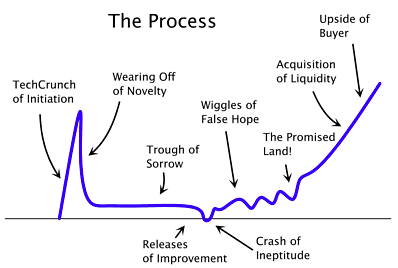
Into this:
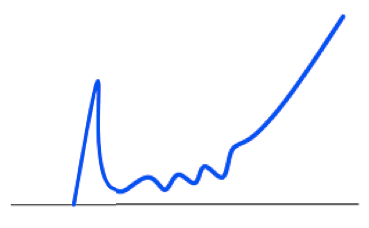
That is, to shorten that trough of sorrow as much as possible.
The case for email
The emergence of Facebook, Twitter, Pinterest and others offer a wide variety of channels to keep the buzz up after that euphoric launch day. But there is also another old and reliable channel that doesn’t get as much attention – email.
Patrick McKenzie masterfully leverages email and wrote a great blog post about it. If you want to start using email for marketing, this is required reading.
While email is not that popular with the cool kids these days, it still dwarfs the newer channels.
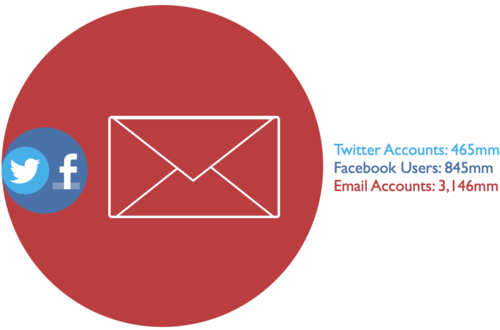
sources: http://royal.pingdom.com/2012/01/17/internet-2011-in-numbers/ and http://thesocialskinny.com/100-more-social-media-statistics-for-2012/
Not only is it ubiquitous, it is also more effective, dominating in return of marketing investment.

source: http://www.magillreport.com/Email-Remains-ROI-King-Net-Marketing-Set-to-Overtake-DM/
Some people argue that these newer channels are killing email, but perhaps they are just making it more effective and focused. These other channels have removed some of the noise and freed up email to be a more serious channel. Like the timeless mullet haircut (where it’s business in the front and party in the back), people may go to Facebook to see photos or Twitter to see random status updates, but the inbox is where critical things are communicated.

If you want people to pay for your service, you generally want to be on the business side of things.
The other HUGE advantage to email is that people check it at least daily, so it serves as a great tool to remind your users that you exist. People are overloaded with constant information about new apps, new services, new gadgets. They want to see the shiny new thing and it’s easy to get lost in the shuffle.
There is a fascinating chart published in a Wired Article about a program called “SuperMemo” created by Piotr Wozniak to help people remember things. The chart shows the importance of irregular reminders on the ability of the human brain to retain information.
On the y-axis you have the chance of remembering and on the x-axis you have time. The colored lines show the chances of remembering after first encountering something new and then after subsequent reminders. After each reminder, the slope of the curves flattens out, meaning you have a longer retention time and a lower probability of forgetting.

This is the rationale behind using email to remind users that your product exists. If you don’t, they will likely forget and move on.
Use email to communicate, not spam
It’s a very fine line to walk – you obviously don’t want to spam your users. Blasting all of your users with a generic marketing blast is not going to be effective. The key is to give users valuable information that’s personalized to them based on data in the application. You also need to give them the very apparent ability to opt-out.
Leveraging email is important for free services that are selling eyeballs because they need those eyeballs to keep coming back. Email is a way to reach out to the user beyond the application.
Twitter and Quora do a good job of telling me when things I’m interested in are happening in the application. This (a) reminds me they exists and (b) entices me to come back.
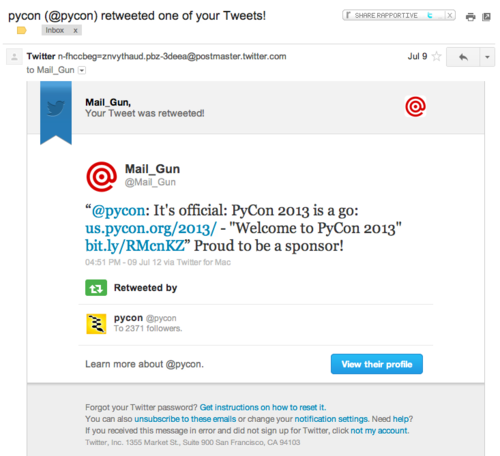

They also send me newsletters of other information I may find interesting. The key is that they still personalize this information towards me based on my activity in the application.
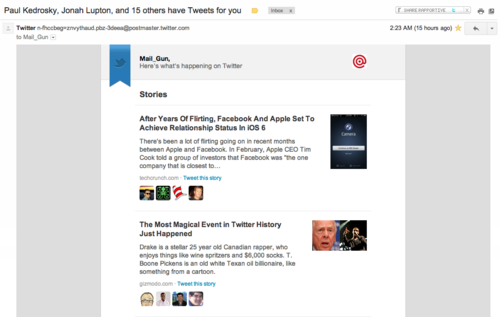
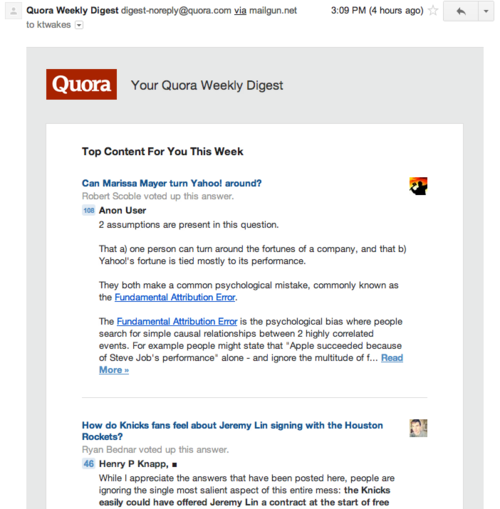
But email is not just for ad supported services. Dropbox’s legendary social referral program was highly dependent on email notifications to fuel their growth. Again, this is a targeted message telling me something I want to know.
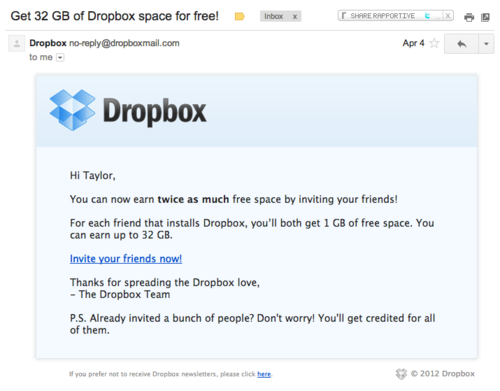
So whether it’s converting freemium users, enticing service upgrades, driving more signups, or selling additional products, your existing audience is a valuable segment and email can be a very precise way to reach them.
Happy Emailing! Mailgunners





